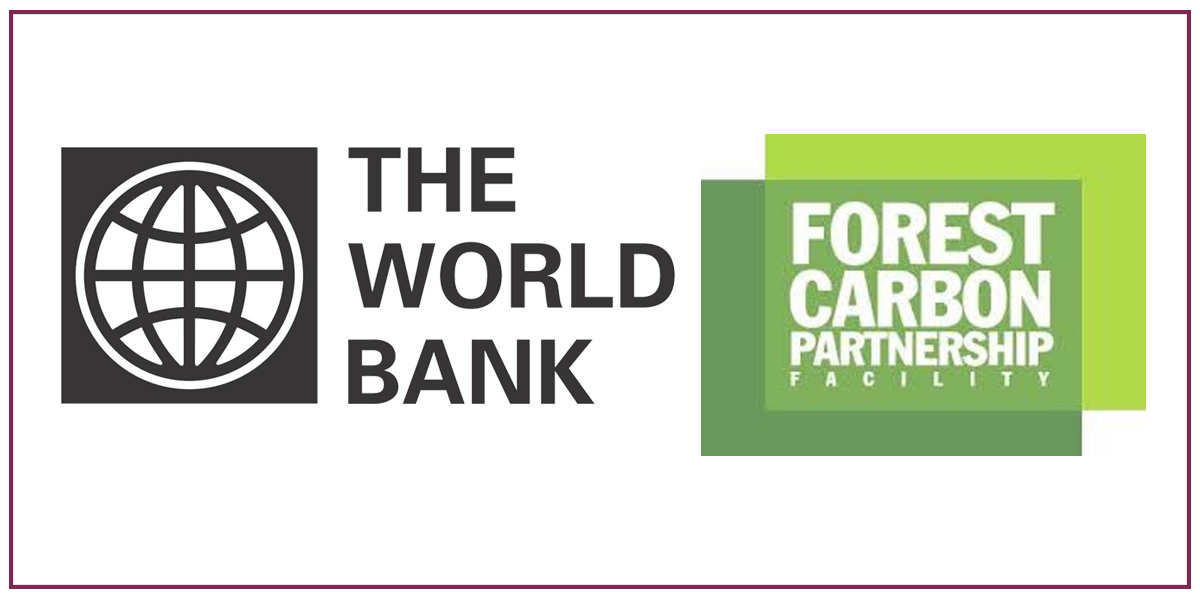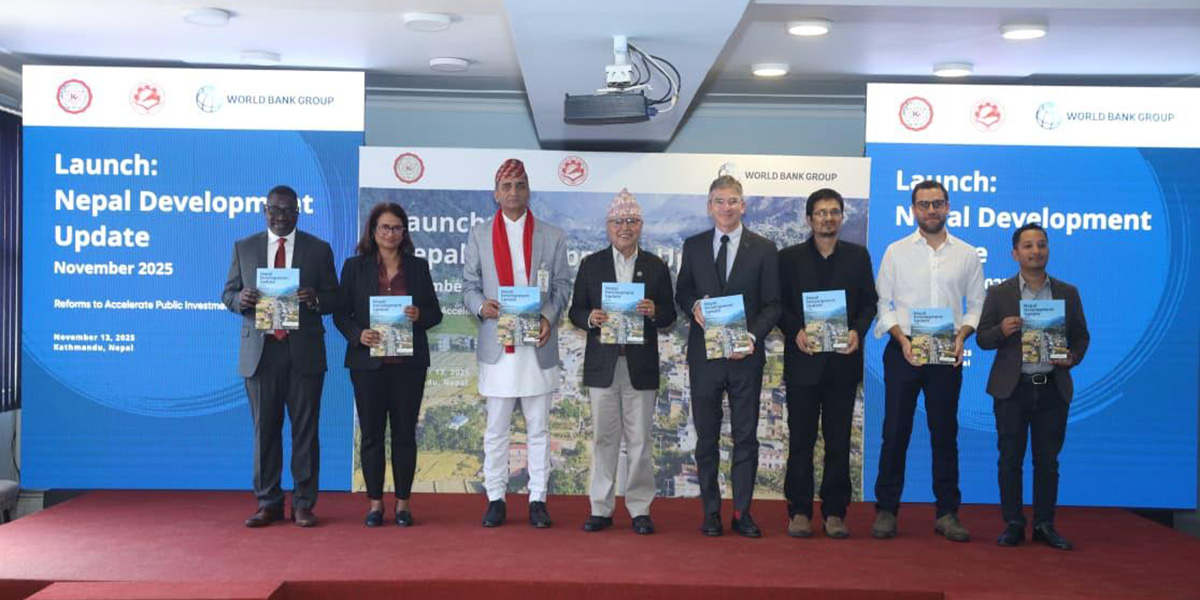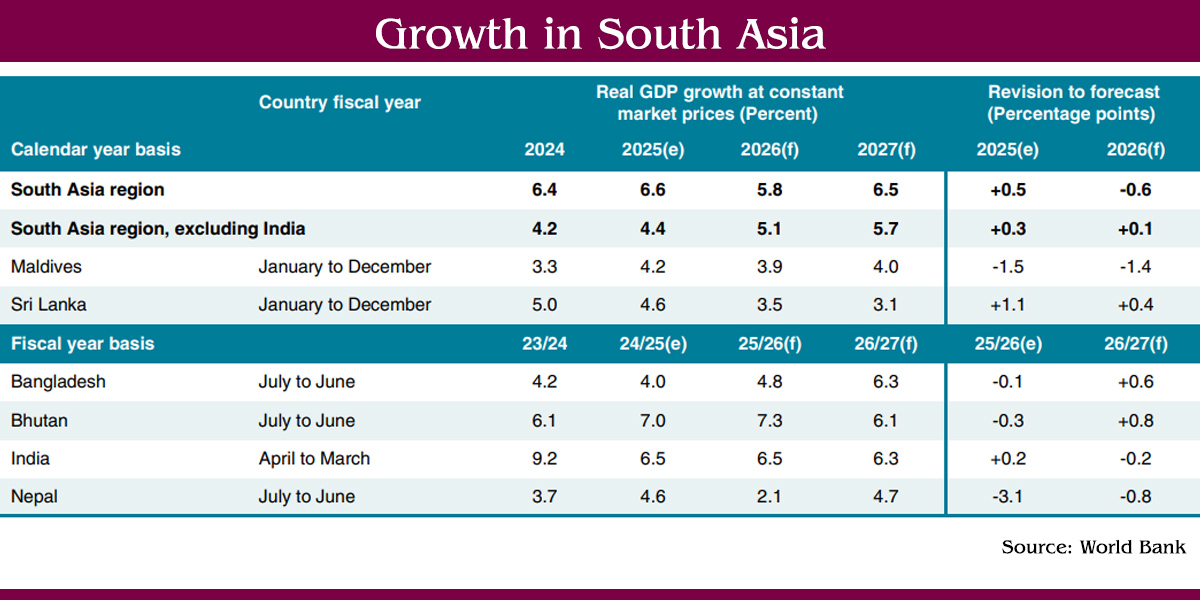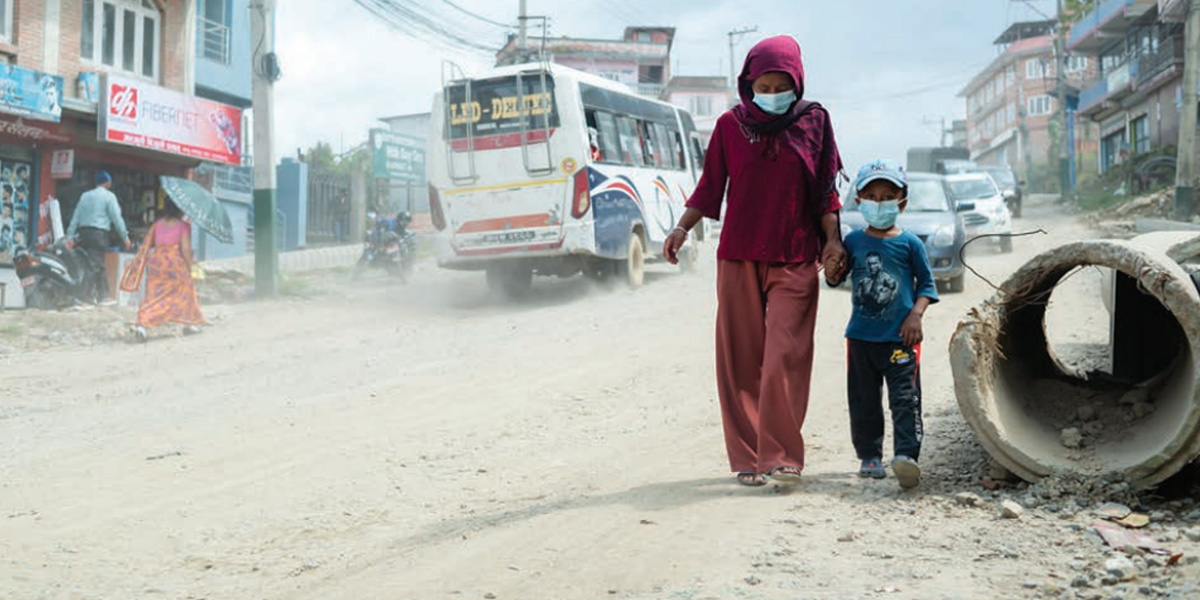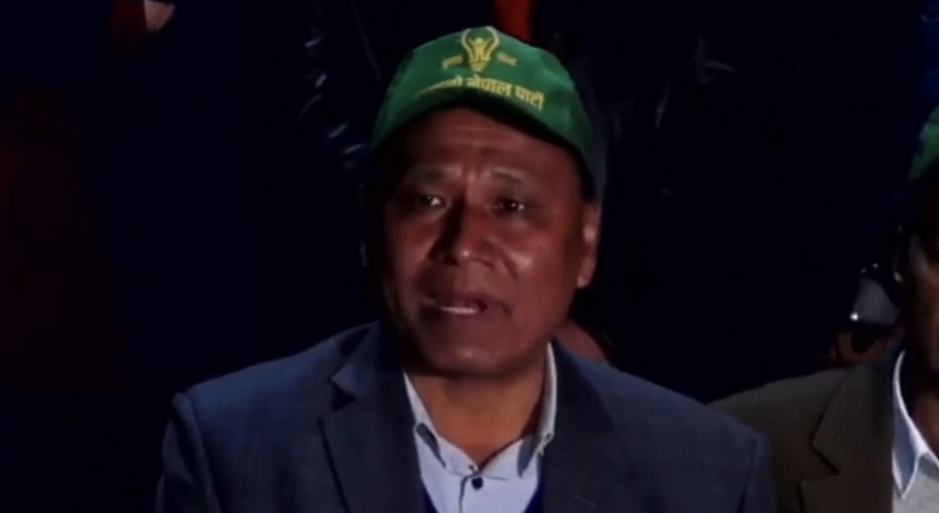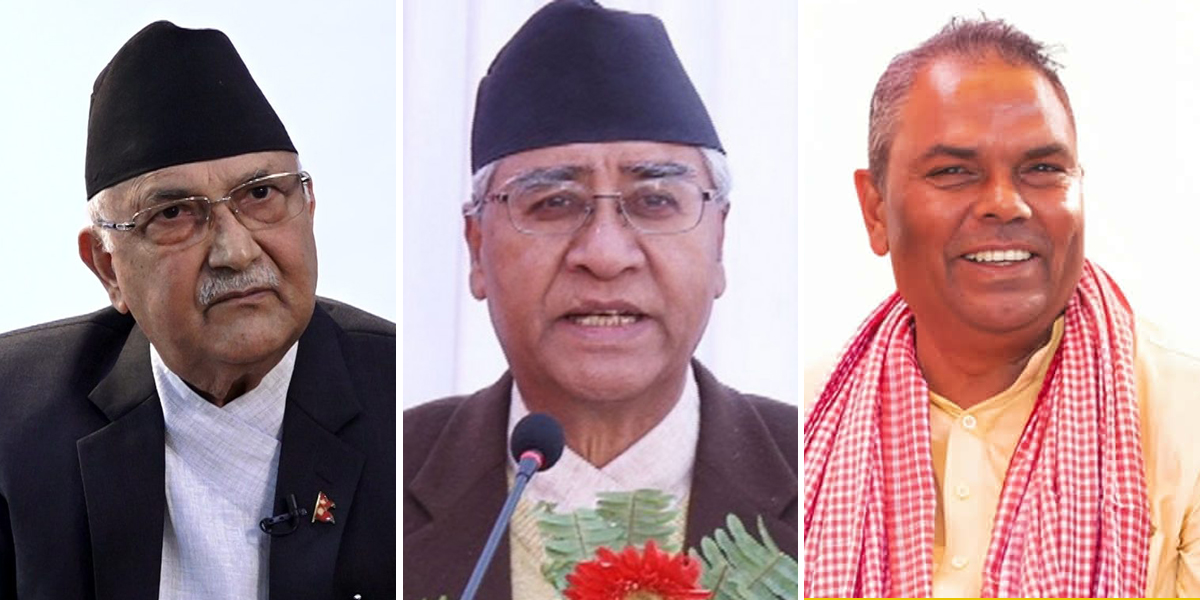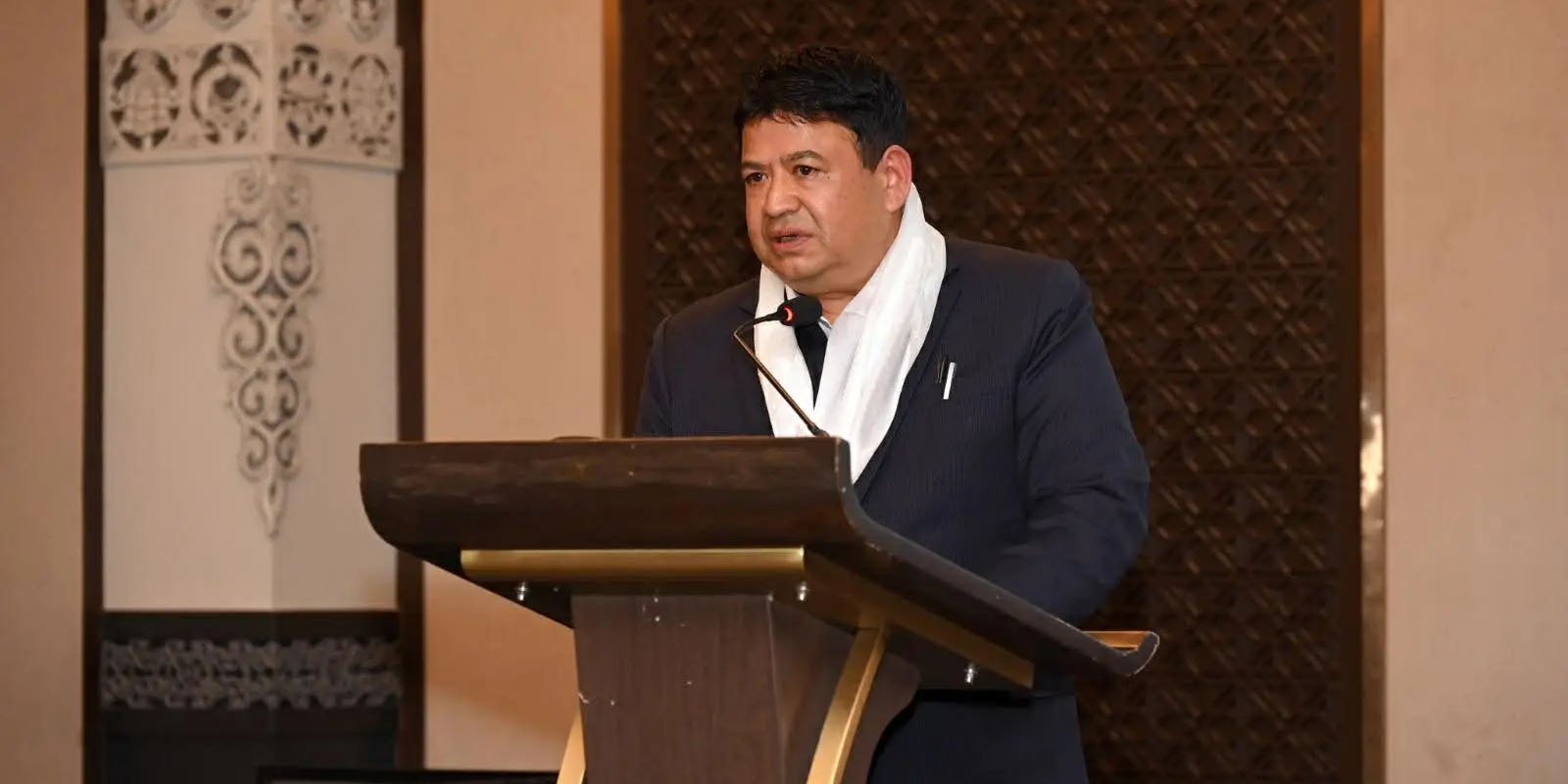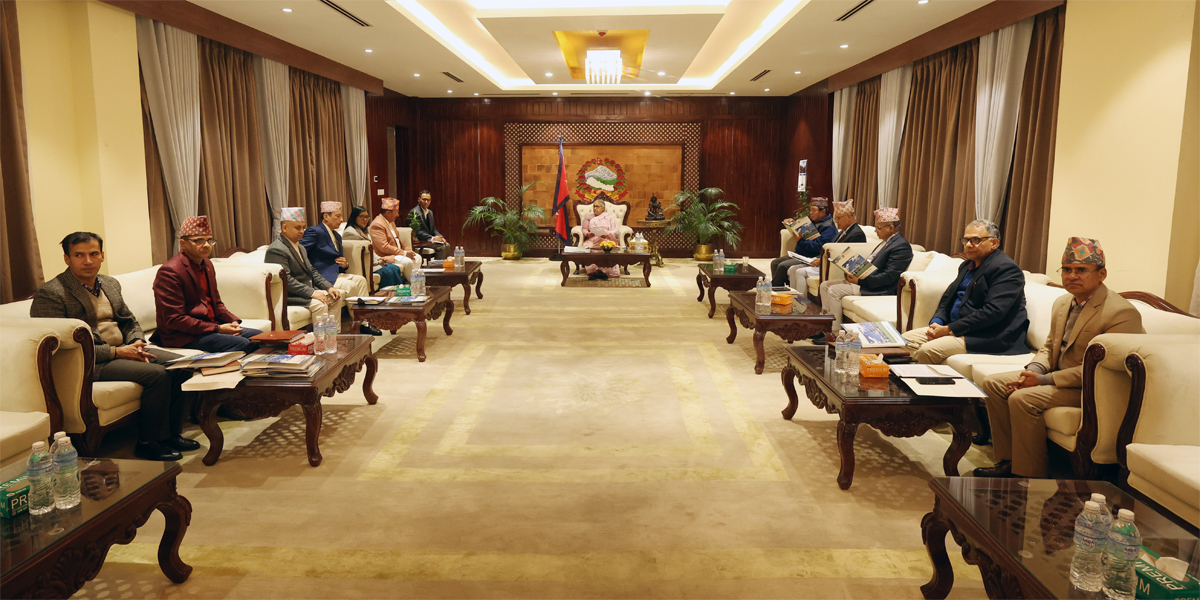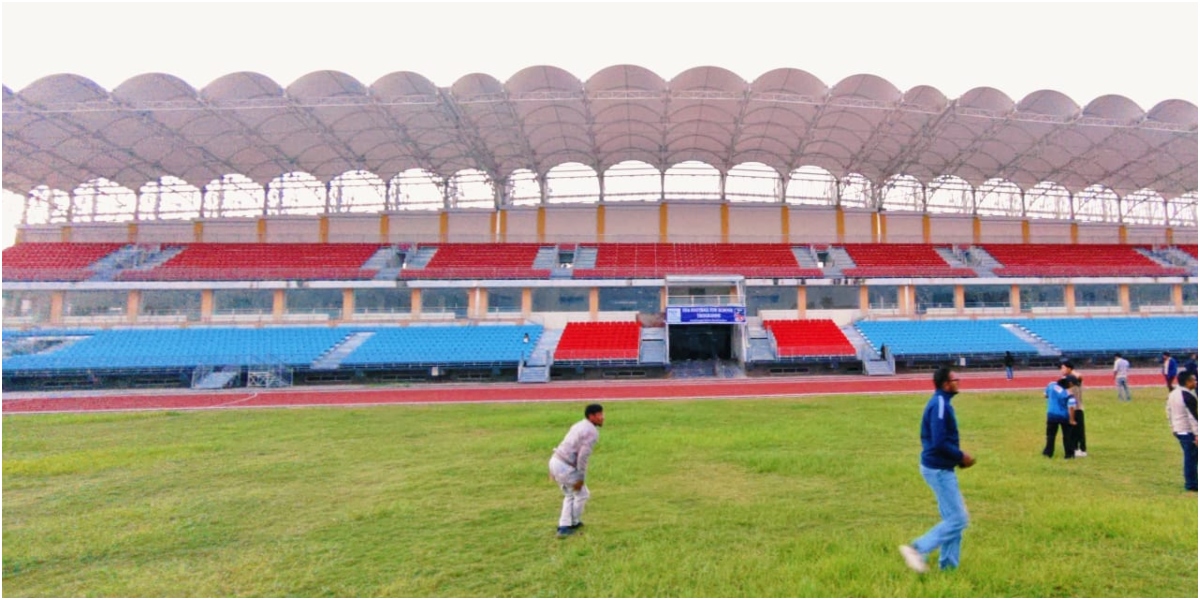
KATHMANDU: The Nepali economy will grow slower than previously projected due to the impacts of import restrictions, monetary policy tightening, higher inflation, and shrinking government expenditure reflecting lower government revenue, according to the World Bank’s latest country update.
The latest Nepal Development Update, titled ‘Fine-Tuning Policy in a Turbulent Environment’, projects Nepal’s economy to grow by 4.1% in the financial year 2023, a downward revision from the October 2022 forecast. The growth, however, is expected to accelerate to 4.9% in 2024, supported by the resumption of tourism, growth in remittances, and the gradual easing of monetary policy, according to the update.
“However, risks to the outlook are tilted downside and include higher-than-expected inflation, which will dampen consumption and growth, the possible impacts of likely rotations in government officials, and rising inequality from reduced investments in human capital, especially amongst those yet to recover from unemployment following the pandemic,” it added.
Faris Hadad-Zervos, the World Bank Country Director for Maldives, Nepal, and Sri Lanka, said the Nepali economy has faced the unintended consequences of a slowdown in economic growth and lower fiscal revenue amid measures taken to address pressures on the external sector. “This makes the government‘s Green, Resilient, and Inclusive Development (GRID) agenda even more pressing. These reforms will yield optimal results as the government communicates its intended policy changes with the public in advance, takes timely action, and fine-tunes policies during the course of implementation,” he added.

The report is a companion piece to the latest South Asia Economic Focus, Expanding Opportunities: Toward Inclusive Growth, which projects regional growth to average 5.6% in 2023, a slight downward revision from the October 2022 forecast. Regional growth is expected to moderate to 5.9 percent in 2024, following an initial post-pandemic recovery of 8.2 percent in 2021.
According to the report, inflation in South Asia is set to fall to 8.9% this year, and to below 7% in 2024. “However, weaker currencies and delayed domestic price adjustments are contributing to a slower than anticipated decline in inflation. Elevated global and domestic food prices are contributing to greater food insecurity for South Asia’s poor who spend a larger share of income on food,” it added.
“South Asia’s stark socioeconomic divides are both unfair and inefficient. They keep talented individuals from contributing to society, reduce incentives to invest in human capital, and derail long-term economic growth,” said Hans Timmer, World Bank Chief Economist for South Asia. “Addressing these structural issues is vital to ensuring the region can achieve its full potential.”

 Himal Press
Himal Press 